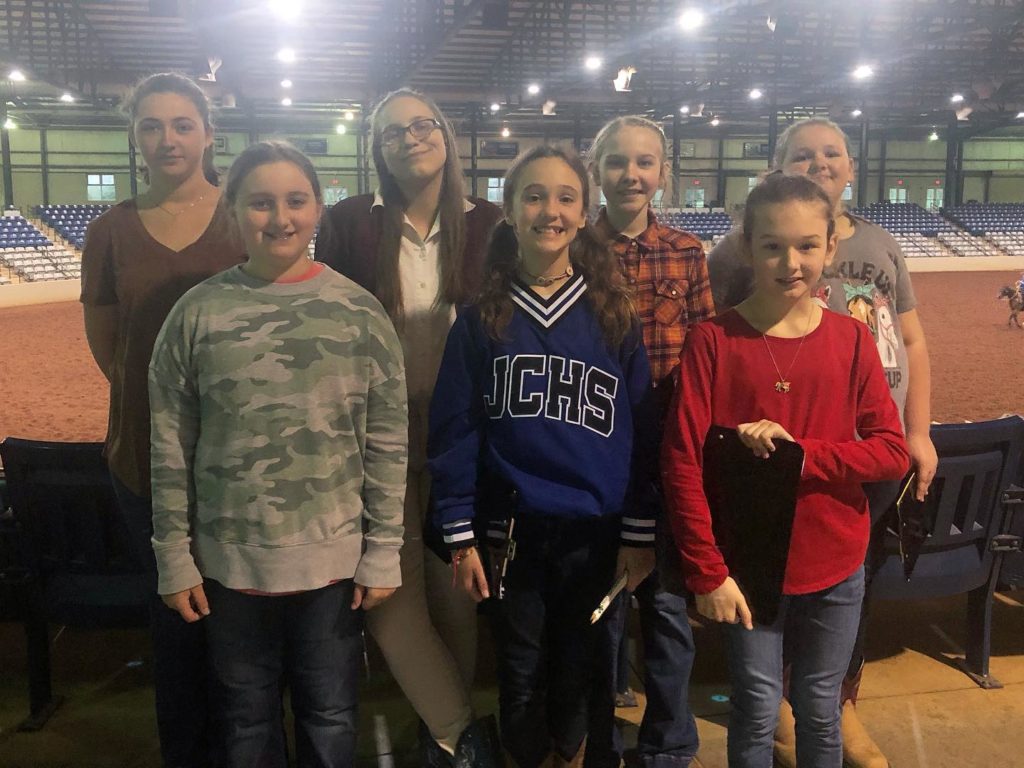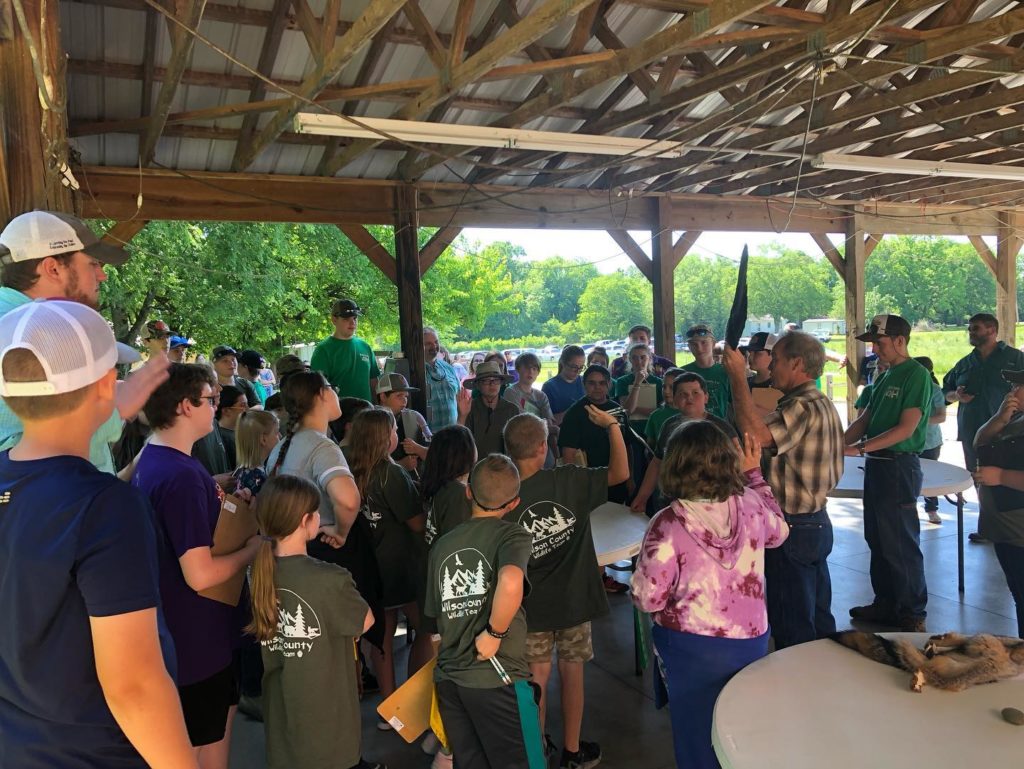By participating in judging teams youth learn skills and knowledge and apply them to scenarios. Youth have interaction with specialists and industry professionals in the related areas. Weekly practices are held prior to each contest. Practices include lectures, hands-on lessons, quizzes, and other forms of contest preparation. Judging teams are offered throughout the year.

Horse judging trains young people in decision-making skills related to equine selection. Team members will learn:
- How to evaluate the conformation of different types and breeds of horses
- How to evaluate the performance of different types and breeds of horses
- How to defend their placings through the delivery of oral reasons
A team will consist of three to four members, with the top three scores being combined to make up the team score. The team members will evaluate the conformation and/or performance of a variety of equine breeds. Examples include: Quarter Horse Mares, Stock Horse Geldings, Conformation Hunters, Walking Horse Conformation, etc. Examples of performance classes are: Western Pleasure, Hunter Under Saddle, Hunter Hack, Plantation Pleasure, Reining, etc. A class will consist of four horses.
(For youth in the 6th – 12th grade on January 1 of the current calendar year)
Resources: https://uthorse.tennessee.edu/4-h-horse-resources/

Wildlife Judging trains young people in decision making skills related wildlife management. Team members will learn:
- To determine wildlife management practices needed for a given situation
- To match foods to the different species of wildlife which eat them
- To match the different habitats used by each species of wildlife
The contest has three parts. In Part I, members are taken to a site to judge. They will evaluate the site and determine the wildlife management practices that are needed for each individual species of wildlife. This should include a pond for aquatic species. Members then place sites marked on aerial photos for each species of wildlife in Part II. In Part III, members are given wildlife foods and asked to determine which species of wildlife will each of the foods.
(For youth in the 6th – 12th grade on January 1 of the current calendar year)
National Wildlife Judging Manual: https://www.whep.org/national-whep-manual/
Good consumer skills can help you get more for your money. Consumer Decision Making gives youth the opportunity to make wise decisions when shopping. Consumer Decision Making is a judging contest designed to teach kids to observe, compare and make consumer based decisions based on facts. 4-Hers use their consumer knowledge to rank similarly based products to fit a given scenario. Kids learn to organize their thoughts and to defend their decisions in oral reasons.
(For teens in the 6th-12th grade on January 1 of the current calendar year)
Forestry judging trains young people in decision-making skills related to forestry and forest management. Team members learn:
- How to identify native species of trees by their twig, fruit and wood
- How to identify insects and diseases found in trees of the Tennessee Forest
- How to measure trees and evaluate timber
- How to use a compass and basic geometric concepts
In forestry judging, a team consists of three or four 4-H members. Each member works independently and the top three scores are combined to make up the team score.
(For youth in the 4th – 12th grade on January 1 of the current calendar year)
Resources: https://4hforestryinvitational.org/training
Poultry judging trains people in decision making skills related to the evaluation of chicken and egg production. Team members learn:
- How to evaluate and define the differences in live chickens
- How to evaluate and grade the quality of eggs
- How to evaluate and grade poultry carcasses
- How to give oral reasons
Members will judge two classes of live birds, one class of poultry carcasses, one class of eggs to be candled determining market class, one class of broken out eggs determining market class, one class of eggs to determine exterior egg quality and members will have a class to identify carcass parts.
(For youth in the 6th – 12th grade on January 1 of the current calendar year)